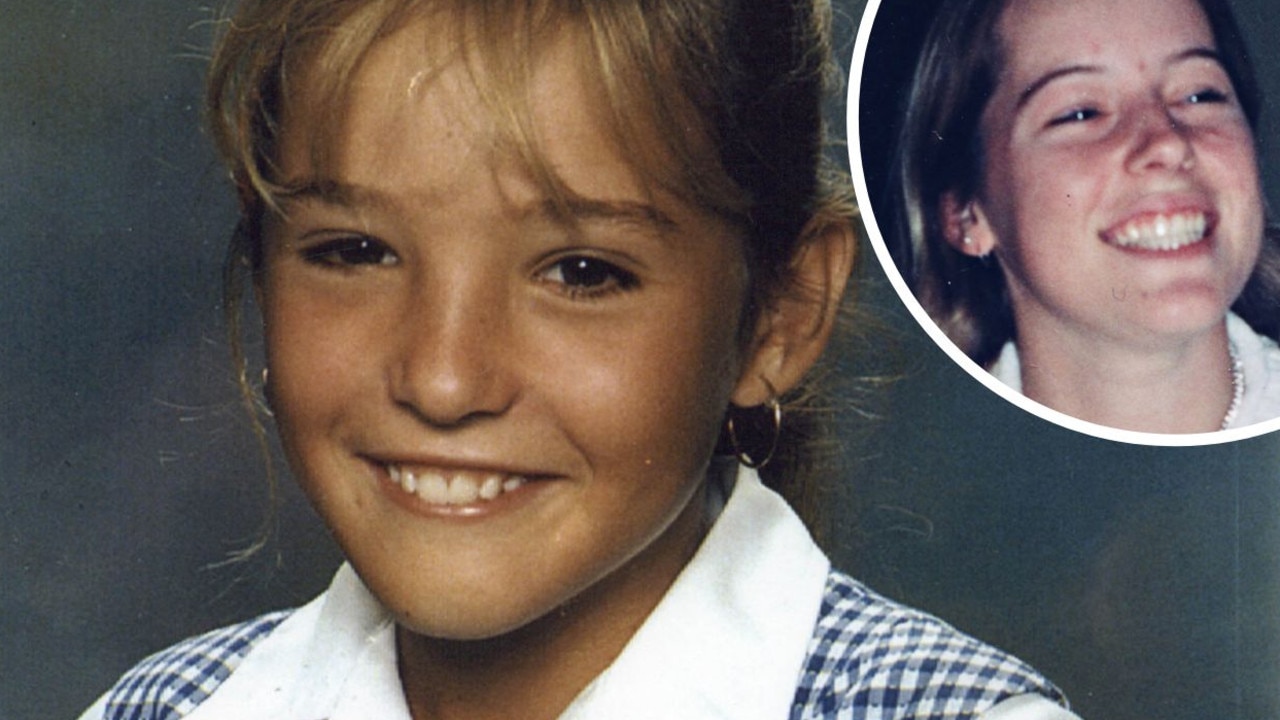Youth crime prevention: Spanish program that could help Australia’s troubled youth
A unique juvenile program is actively being reviewed by Australian government agencies for possible adoption. See how it works.
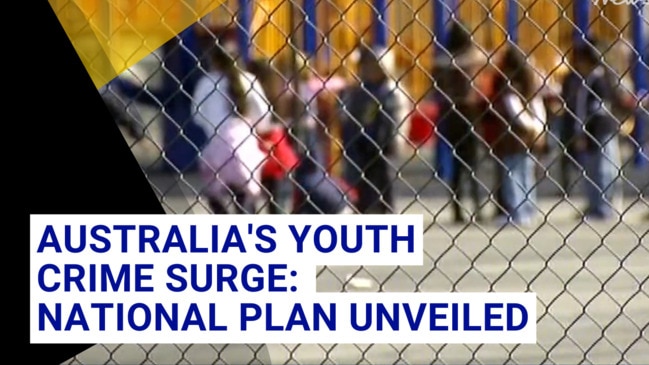
True Crime
Don't miss out on the headlines from True Crime. Followed categories will be added to My News.
Dr David Romero McGuire doesn’t look like your average juvenile justice enforcer.
“Look at me, I am a pretty small person with an accent,” the diminutive bearded Spaniard says with a laugh.
But his pioneering juvenile program has up-ended youth crime in Spain and is now being actively reviewed by Australian government agencies for possible adoption here.
McGuire is the CEO of the international not-for-profit agency Diagrama that runs 34 youth custodial re-education centres in Spain for troubled youth.
Despite housing the country’s most disadvantaged children, many convicted for violent offences, Diagrama has flipped youth recidivism rates to where now 84 per cent of those in centres integrate back into the community without reoffending.
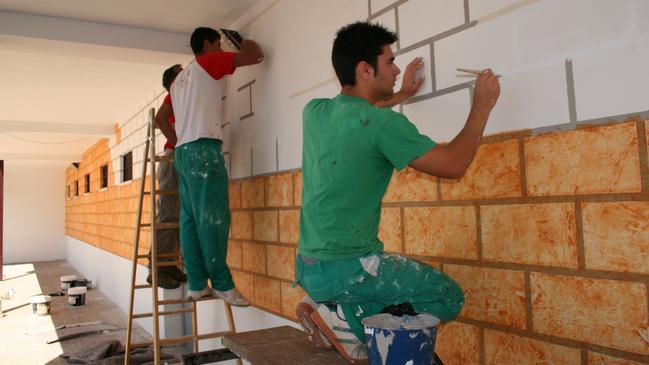
Diagrama’s success is evidence-based, not promotional claims, and as recently as last month its community-led justice model was being hailed in Queensland’s parliamentary inquiry as a possible blueprint for change.
Diagrama is now looking at setting up a charity office in Australia, possibly in Sydney, in preparation to assist any State government agency that wants the model.
McGuire said unlike Australia, his centres are not like prisons with high security but staff members who were qualified educators, psychologists and social workers combining together to offer an alternative.
“Of course we have security but it’s like less than a third of our staff members unlike in Australia where 100 per cent working in custody centres are security,” he said.
“We changed to put in educators and professionals, managers with university degrees, management teams, security don’t interact with the kids, they are just like airbags in a car, you don’t want to have a car accident but you always have an airbag not to use but just in case.”
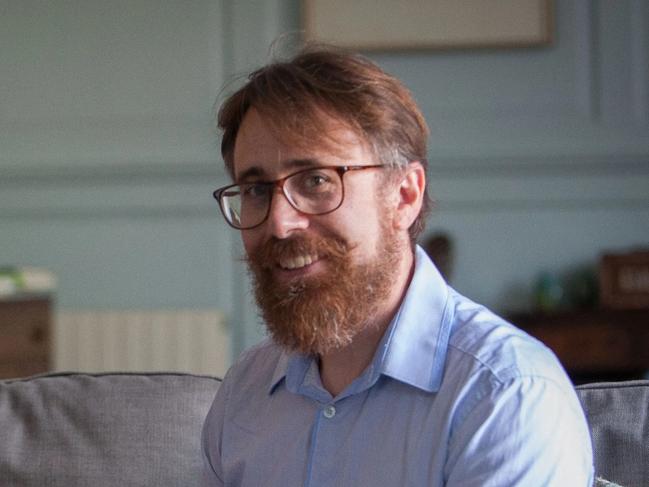
McGuire was invited to Australia in 2018 and again in 2019 to review juvenile justice centres in Darwin, Alice Springs then Sydney, Melbourne and Adelaide, and was stunned by what he saw notably in the latter three.
“They were just horrible, run like prisons and that is not going to change anything for these kids,” he said. “In Sydney for example they had all these amazing resources … but they didn’t know how to look after the kids.”
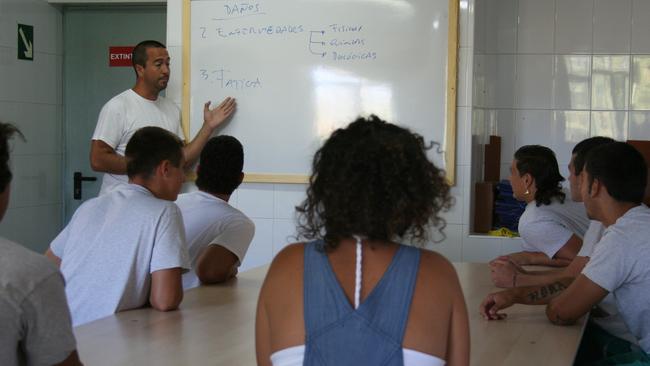
He said the juveniles needed role models and someone to educate on right and wrong to integrate them back into society not “discotheque bouncers” (security guards) and cells.
“We had opposition, this was always the case,” McGuire said when they first started in 1991.
“But we are not as mediatic as say in the UK, US or Australia. Why? Because politicians don’t use it as much for votes. That has been key.”
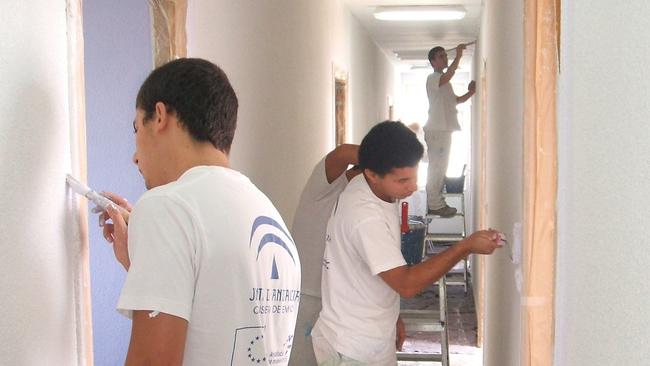
In 2004 Diagrama started a program integrating youths inside, going to schools and taught trades before going into apprenticeships in things like plumbing, electrical and hairdressing with outside companies outside.
“It’s not that difficult – okay you can say ‘you are telling me you are in paradise and we are in hell’ – but its not difficult to go from there, it takes time, good recruitment and starting from scratch and that means a lot of people that need to be sacked because they have the culture embedded, they have culture of ‘these are the bad guys and we are the good guys’.
“It can’t be us and them … changing that is changing the culture. That will take around two to three years then after that when you have changed one centre and you have an example opening the second, third and fourth and so on is like mushrooms you can grow anywhere.
“Australia’s should just do it and politicians will be scared but the reality is it cannot be any worse.”



